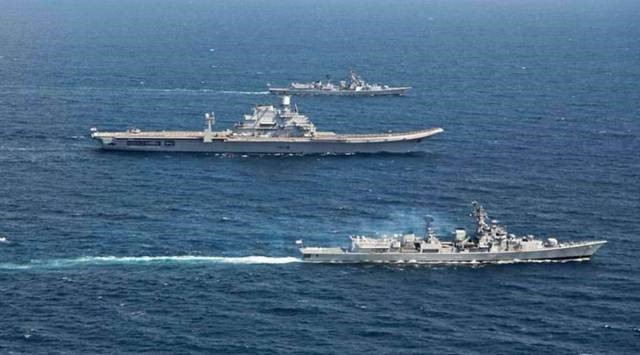Free Courses Sale ends Soon, Get It Now


Free Courses Sale ends Soon, Get It Now



Disclaimer: Copyright infringement not intended.
Context
Details
China’s strategy
About Andaman and Nicobar Command (ANC)
Strategic Importance of ANC
Control over vital global shipping route
Control over critical shipping chokepoints
QUAD force multiplier
Historic and contemporary geostrategic soft and hard power
Port-development led encirclement
Protection of exclusive economic zone
Concluding remarks
MUST READ ARTICLES:
https://www.iasgyan.in/daily-current-affairs/andaman-nicobar-islands
|
PRACTICE QUESTION Q) India could play a key role in infusing dynamism into the Quad/Malabar construct by offering Port Blair in the Andamans as the location for a shore-based secretariat and ‘watering hole’ for member navies. Critically Analyse. (250 words) |
https://indianexpress.com/article/opinion/columns/the-maritime-great-game-why-delhi-needs-to-bolster-the-andaman-and-nicobar-command-8629277/
© 2024 iasgyan. All right reserved